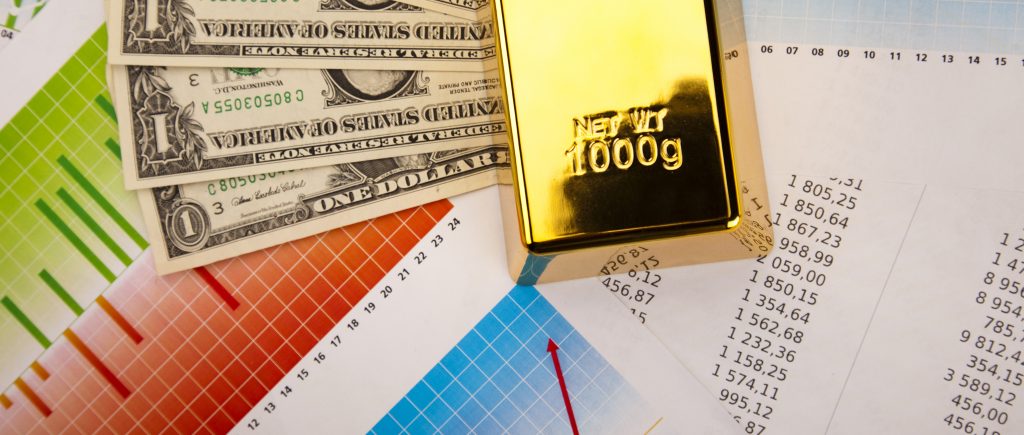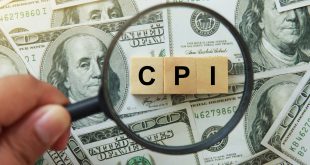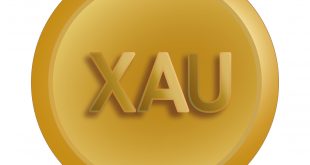The dramatic surge in gold and silver prices is a clear, fundamental challenge to the prevailing narrative of global economic management. With gold advancing near $3,960 per troy ounce and silver hitting a high not seen since 2011, the market is signaling an acute lack of confidence in policymakers’ ability to steer the economy away from serious headwinds.
These precious metal movements are not a fleeting technical anomaly; they are a direct response to deepening concerns over the efficacy of current monetary policies and the looming risk of a synchronized global slowdown. The flight to safe havens confirms that fear, not growth optimism, is the dominant driver of capital allocation.
Policy Bets Fuel Precious Metals’ Rally
The relentless buying of gold and silver reflects a market that has already priced in a major pivot by the Federal Reserve. Despite the Fed’s current stance, the market believes that economic pressures and the potential for a deeper recession will force policymakers’ hands toward significant rate cuts sooner than they project.
This conviction is so strong that it is overshadowing the temporary lift given to the US Dollar Index (DXY), which is benefiting mainly from the weakness of other major currencies.
Specifically, the dollar’s rise is heavily influenced by the sharp depreciation of the Japanese Yen, pushing the USD/JPY pair to new highs. This is a regional currency crisis lending superficial support to the dollar, not a vote of confidence in US economic exceptionalism.
The crucial point is that investors are hedging their bets against the long-term value of the dollar, anticipating a future where US yields fall. Upcoming speeches from policymakers like Fed’s Governor Michelle Bowman and President Raphael Bostic will be crucial for any subtle indications that the central bank is beginning to acknowledge the growing economic fragility that the metals market is shouting about.
Global Growth Stalls and Diverging Currency Fortunes
The evidence of economic struggle is apparent across key geographies. In the energy market, the muted price action in WTI crude oil, even after the OPEC+ output decision, points to dampened expectations for global demand. The modest price rebound suggests growth concerns are effectively neutralizing supply constraints.
Meanwhile, in Europe, the weakness of the Eurozone is undeniable, with EUR/USD dropping to multi-day lows ahead of crucial data like German Factory Orders and commentary from ECB President Christine Lagarde. The Eurozone’s persistent struggle to generate robust growth makes the region particularly vulnerable to any global slowdown.
Conversely, the GBP/USD pair has shown greater stability, though this may reflect specific local factors and capital rotation rather than a fundamentally stronger economic outlook than its continental peers.
These currency flows and commodity price signals underscore a global economy operating with uneven growth and substantial inherent risks. The market is increasingly choosing tangible assets over interest-bearing instruments because it sees a systemic shift toward easier monetary policy as an inevitable response to escalating economic frailty.
The current environment is defined by conflicting fundamental signals: policymakers maintain a hawkish posture while the gold and silver markets scream for caution. This is a period where the greatest mistake would be to assume linear outcomes. For investors and traders, an elevated degree of prudence is mandatory. The powerful rally in precious metals, while based on sound fundamental analysis of policy expectations and economic risk, is also prone to sharp reversals based on headline news or firm guidance from government officials and central bank officials.
Success in this volatile environment requires a deep, continuous understanding of how these fundamental forces—geopolitical risk, monetary policy shifts, and global growth forecasts—are interacting. Remaining fully informed and maintaining a reasonable level of caution is the only sustainable strategy as markets digest this new reality.
 Noor Trends News, Technical Analysis, Educational Tools and Recommendations
Noor Trends News, Technical Analysis, Educational Tools and Recommendations





